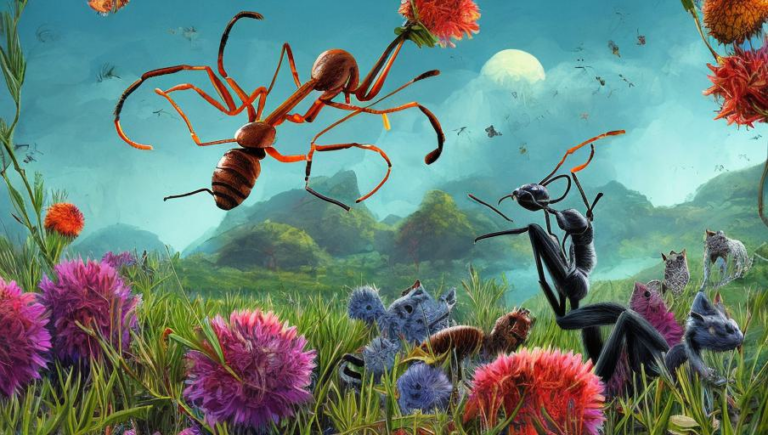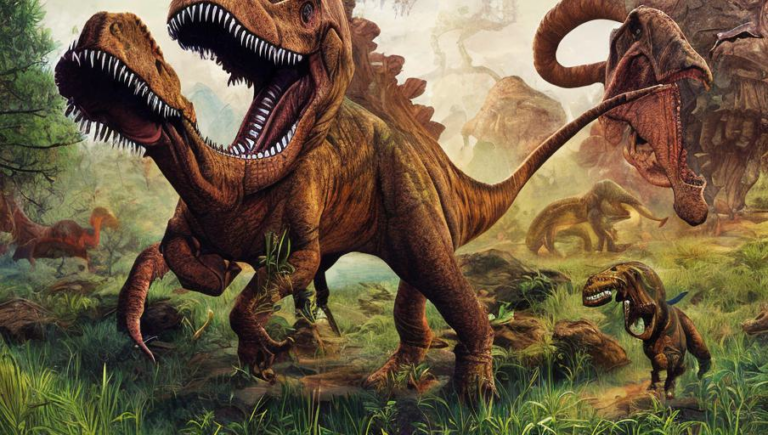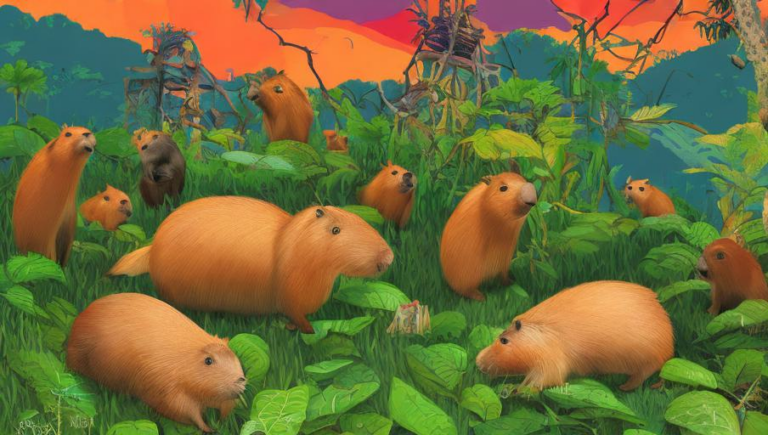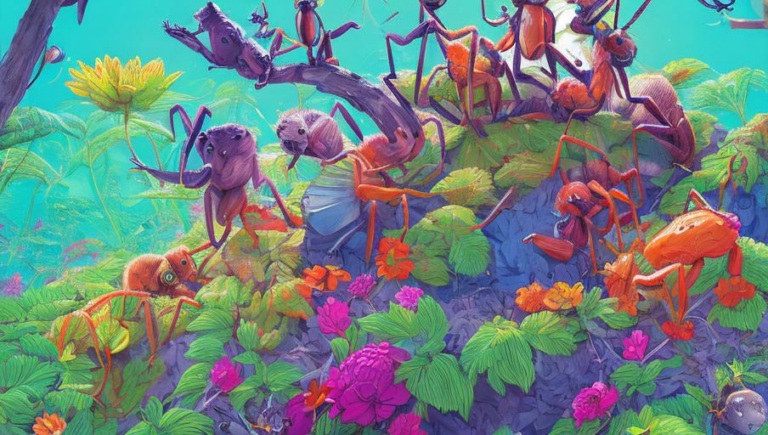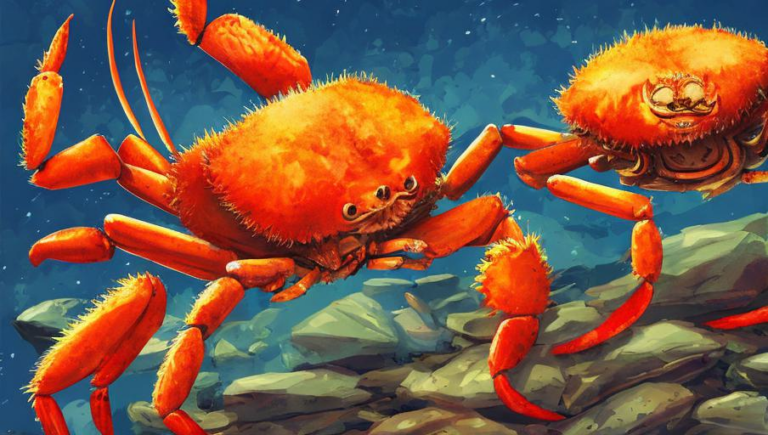Paleo-Ecosystems: What the World Looked Like When Dinosaurs Roamed
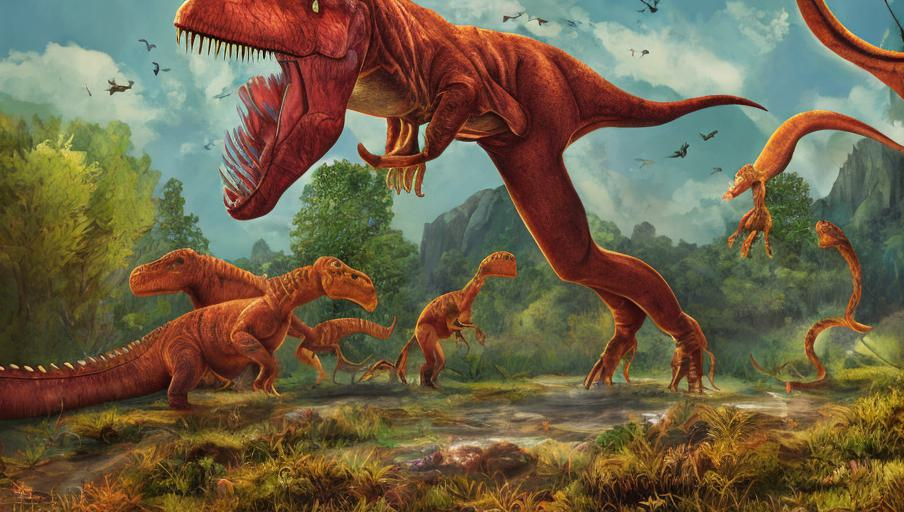
Introduction
When we think of dinosaurs, many of us immediately picture a barren, dry landscape with a few scattered trees and plants. But, in reality, the world during the time of the dinosaurs was much more diverse than that. During the Mesozoic era, there were a variety of landscapes and ecosystems that allowed for the evolution and flourishing of dinosaurs and other species.
The Triassic Period
The first period of the Mesozoic era, known as the Triassic period, lasted from approximately 250 million to 200 million years ago. During this period, the Earth’s continents were still connected together in the supercontinent Pangaea. The environment of the Triassic period was mostly arid, with deserts and tropical forests dominating the landscape. However, there were also vast swamps and coastal plains in some areas. The climate was warm and humid, with seasonal variations. The land was home to a variety of species, including early mammals, amphibians, reptiles, and, of course, dinosaurs.
The Jurassic Period
The second period of the Mesozoic era, the Jurassic period, lasted from approximately 200 million to 145 million years ago. During this time, the supercontinent of Pangaea began to break apart, and the continents we know today began to form. The climate was warm and humid, and the Earth was covered in lush, green vegetation. The land was home to a variety of species, including large dinosaurs, early mammals, amphibians, and reptiles. Though the environment was changing, the dinosaurs were still able to thrive.
The Cretaceous Period
The final period of the Mesozoic era, the Cretaceous period, lasted from approximately 145 million to 65 million years ago. During this time, the continents were almost fully separated from one another, and the climate was much cooler than it had been during the previous periods. The landscape was filled with forests, swamps, and coastal plains. There were also a variety of species living in the environment, from large dinosaurs to early mammals and amphibians.
Conclusion
The Mesozoic era was an exciting and dynamic time in Earth’s history. It was a time of great change, when the continents began to separate and the climate cooled. The environment was filled with lush vegetation and a variety of species, including large dinosaurs, early mammals, amphibians, and reptiles. Dinosaurs were able to thrive in this environment, and their reign eventually came to an end with the mass extinction at the end of the Cretaceous period.
